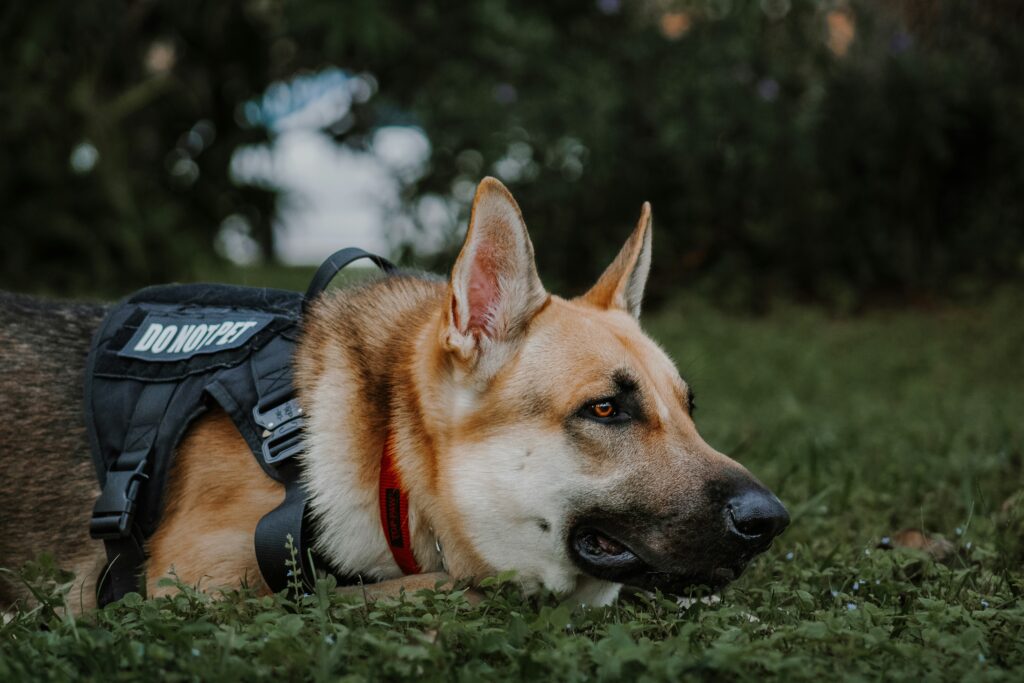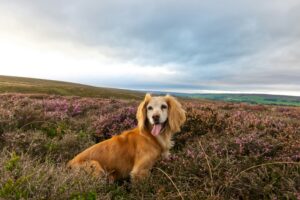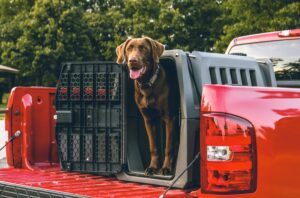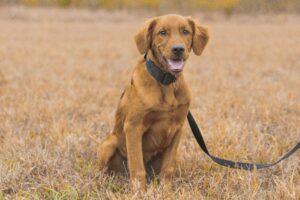Hardworking Herders: Cattle & Sheep Dogs
Across open pastures, rolling hills, and dusty ranches, you’ll often find a hard-charging blur of fur darting between hooves — focused, precise, and utterly in control. These are the herding dogs, the unsung heroes of agriculture whose intelligence and instinct make them indispensable partners to farmers and ranchers around the world.
From Border Collies weaving through flocks of sheep to Australian Cattle Dogs pushing stubborn cows across the range, herding dogs embody the essence of teamwork, loyalty, and purpose. Their jobs may look effortless, but behind every movement lies centuries of breeding, training, and trust between human and dog.
An Ancient Partnership
Herding dogs trace their origins back thousands of years, to when humans first began domesticating livestock. Early shepherds quickly realized that dogs with strong chase and control instincts could help manage their herds more efficiently — guiding sheep to graze, rounding up strays, and protecting them from predators.
Over generations, humans selectively bred dogs that excelled at this work. The result? An entire group of breeds defined by their ability to read movement, anticipate direction, and respond instantly to commands — often from great distances.
Even today, herding dogs are not only working professionals but also living testaments to the human-animal bond that shaped civilization itself.
 The Intelligence Behind the Herd
The Intelligence Behind the Herd
One of the hallmarks of herding dogs is their remarkable intelligence. Breeds like the Border Collie consistently top canine IQ rankings. But it’s not just about learning tricks — it’s about problem-solving.
A skilled herding dog can interpret a handler’s whistle or hand signal, make independent decisions in the field, and adapt to changing conditions on the fly. They understand patterns of movement — how livestock react to pressure, sound, and space — and they use this knowledge to control the herd’s flow with surgical precision.
This “intelligent obedience” means they know when to follow directions and when to take initiative. It’s not mindless work — it’s thinking work.
Famous Herding Breeds and Their Strengths
Each herding breed has its own unique approach, shaped by the environment and livestock they were bred to manage:
🐾 Border Collie
The undisputed master of herding, the Border Collie uses an intense “eye” — a fixed, hypnotic stare — to control sheep from a distance. They are agile, fast, and eager to please, making them stars in both farm work and competitive trials.
🐾 Australian Cattle Dog (Blue Heeler)
Developed in Australia for rugged terrain and stubborn cattle, this breed is bold, muscular, and incredibly tough. They’re known for “heeling” — nipping gently at a cow’s heels to keep them moving.
🐾 Australian Shepherd
Despite the name, the Aussie was bred in the United States for working large herds. They’re athletic, versatile, and deeply bonded to their people.
🐾 Welsh Corgi (Pembroke & Cardigan)
These small but mighty dogs were bred to herd cattle low to the ground, avoiding kicks by staying beneath the livestock’s line of fire. Their intelligence and courage make them miniature powerhouses on the farm.
🐾 Old English Sheepdog
With their shaggy coats and gentle demeanor, these dogs are natural herders and guardians. They thrive on teamwork and love working close to their handlers.
 The Art of Herding: Instinct Meets Training
The Art of Herding: Instinct Meets Training
While instinct drives the herding behavior, training fine-tunes it into control. Handlers start early, teaching young dogs to respond to voice commands, whistles, or gestures.
A well-trained herding dog learns to:
-
Gather livestock toward the handler
-
Drive animals forward in a specific direction
-
Flank the herd to guide or turn them
-
Hold a group in place for inspection or feeding
What’s remarkable is how much these dogs seem to understand intent — they don’t just obey commands, they interpret them in context. If a sheep bolts, the dog recalculates its path instantly, anticipating the animal’s next move.
It’s less like a soldier taking orders, and more like a dance between equals.
Life on the Range: A Day in the Life of a Herding Dog
For many herding dogs, life begins before sunrise. Their day might include hours of movement — guiding sheep across large fields, separating cattle for medical checks, or simply keeping the herd together during grazing.
It’s demanding work, both physically and mentally. These dogs need endurance, agility, and focus, often covering dozens of miles in a single day. But they thrive on it — herding isn’t just their job, it’s their passion.
And when the day’s work is done, most settle happily by their handler’s side — a mix of exhaustion and satisfaction that only comes from doing what they were born to do.
Beyond the Farm
Even as modern farming has become more mechanized, herding dogs continue to prove their value. They’re still vital on ranches, but they’ve also found new outlets for their energy and intelligence.
Today, herding breeds excel in dog sports like agility, obedience, and herding trials. Some even work in therapy or service roles, channeling their strong work ethic into helping people instead of livestock.
The same instincts that make them brilliant herders — awareness, control, focus — also make them exceptional companions for active families.
 Guardians of Tradition and Trust
Guardians of Tradition and Trust
Herding dogs are more than workers; they are guardians of a heritage that connects us to the land. They represent an unbroken lineage of cooperation between species — humans relying on dogs for guidance, and dogs finding purpose in serving.
Their keen instincts, intelligence, and tireless spirit keep farms running smoothly, animals safe, and traditions alive. Whether sprinting across a pasture or resting beside a rancher’s boots, these hardworking herders remind us what true partnership looks like: loyalty, communication, and mutual respect built through generations.




